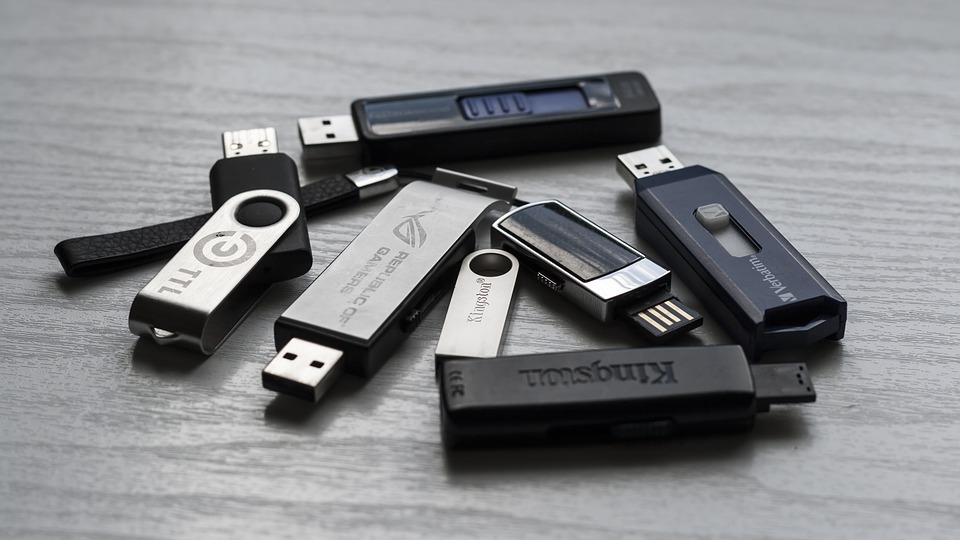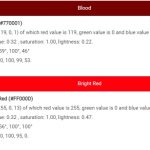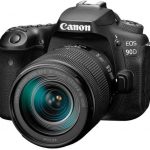USB 2.0 is a general term that refers to the Universal Serial Bus (USB) standard. Almost all USB-enabled devices and USB cables, with the exception of some mobile hotspots and certain peripherals, support at least USB 2.0.
USB 2.0 is the most common type of USB connection, and it allows peripherals to exchange data at a maximum speed of 480 Mbps.
USB is a plug-and-play interface, meaning that the device and your computer will automatically recognize each other when you plug them together.

USB 2.0 also offers a separate channel for low-speed and full-speed devices (devices that don’t require high bandwidth to operate). This allows devices like keyboards and mice to be able to connect via USB at the same time as those requiring high bandwidth, such as printers and external hard drives.
In addition to this, USB 2.0 supports more than one device at a time on a single port – up to 127 devices can connect simultaneously on one controller that is USB 2.0-compliant.
Table of Contents
Advantages of Using USB 2.0
USB 2.0 offers a number of benefits over other types of connectors.
- USB 2.0 supports hot-swapping, which means you don’t have to shut down the computer before plugging or unplugging peripherals from a port.
- SB 2.0 is backward compatible with USB 1.1 devices, meaning that your older devices will still work if you buy a new USB 3.0 device for your computer – as long as you use a standard adapter cable or a controller card. Reverse compatibility is not guaranteed, however, and it may take additional software support on your part to allow old hardware to work with newer ports and controllers.
- The amount of power each pin carries in USB 2.0 ensures that connected devices can draw as much power as they require to work at their peak capacity. For example, an external hard drive that requires 2 amps of power will get just that on a USB 2.0 port – it won’t be limited to 500 milliamps like some USB 1.1 ports might restrict it to.
- USB 2.0 supports transfer rates of up to 480 Mbps, which is 50 times faster than the original USB standard and ten times faster than Hi-Speed USB (which uses the same transfer rate of 480 Mbps). This makes transferring large files and playing high-resolution media much more efficient with USB 2.0.
USB 2.0 Cables
There are many different types of USB 2.0 cables such as A, B, C, mini-A, mini-B; but they all have specific purposes.
For example, some cables are designed for charging only while others can be used for data transfer too. The first number in the name represents how fast the device will charge (1=slowest). The second number tells you how high of a capability it has. You can transfer data at a speed of 1.5 Megabytes per second, by comparison to other connectors such as Firewire 800 which transfers at speeds of up to 800 Mbits/second or even Thunderbolt™ at speeds reaching a whopping 10 gigabits a second! This is why USB 2.0 is so popular and the best connector for many devices to use (before USB 3.0 was released)!





